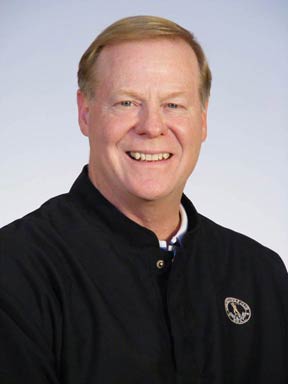 I have often held John the Baptist as an example of what every Christian should do. Let’s look past his unconventional dress and his somewhat wild demeanor. Those two aspects of his personality can be explained by the almost certain fact that he was taken in by an itinerant community in the desert around the Dead Sea called the Essenes.
I have often held John the Baptist as an example of what every Christian should do. Let’s look past his unconventional dress and his somewhat wild demeanor. Those two aspects of his personality can be explained by the almost certain fact that he was taken in by an itinerant community in the desert around the Dead Sea called the Essenes.
The reason that I hold up his example is that he points out the presence of Christ as he sees him. If there ever was a person who could have pointed to himself as the ultimate spiritual leader it was John the Baptist. But instead of turning attention to himself, he points people toward Jesus. In fact, he sees his entire identity only in relation to Jesus Christ. He sees himself as ‘One crying out…prepare the way of the Lord.’ And says, ‘One is coming who is far greater than I.’ How do you point out the presence of Christ to others?
Even though he is a cousin of Jesus, they did not grow up together and were certainly not close. We know this from their encounters later on as adults.
This part of the story is closely tied with the feast that we celebrate this weekend, one that calls our attention to his birth.
His parents, Elizabeth and Zechariah, were advanced in years when John was born. People did not regularly live past the age of 50-55 back then, so John was orphaned most likely in his teenage years, and thus his experience with the Essene community of desert dwellers who regularly took in orphaned children.
John joins key scripture figures who were born to aging parents who did not think that they could conceive a child. (Abraham and Sara gave birth to Isaac when they were advanced in years). This phenomena seems to underscore John’s destiny as a prophet. However, his father Zechariah questioned God as to whether he and his wife could conceive, and as a punishment Zechariah is left unable to speak until he verifies in writing that his son’s name will be John. He then goes on to proclaim the great canticle that bears his name from the Gospel of Luke. He says, in praise of his son John the Baptist:
“Blessed be the Lord, the God of Israel
for He has come to His people
and set them free.
He has raised up a mighty savior
born of the house of David His servant.
Even as he promised through the mouth of
His holy prophets from of old,
salvation from our enemies
And from the hand of all who hate us
to show mercy to our fathers
And to be mindful of his holy covenant
And to the oath he swore to Abraham
our father, and to grant us that
rescued from the hand of enemies,
without fear we might worship Him
in holiness and righteousness,
all the days of our life.
And you my child will be called the Prophet
of the most high,
For you will go before the Lord
to prepare his ways,
To give his people knowledge of salvation,
Through the forgiveness of their sins,
because of the tender mercy of our God
by which the daybreak from on high will visit us,
To shine on those who sit in darkness
and death’s shadow,
To guide our feet into the path of peace.”
This past Lent, Holy Family embarked on a Lenten Social Justice Project supporting two programs working toward ending the violence in their neighborhoods.
St. Sabina’s Strong Futures Program, in the south side neighborhood of Auburn Gresham, created a model to serve young men by connecting them to existing workforce and supportive resources, thereby creating a pathway for them to be successful in the workplace and in life.
Catholic Charities’ Peace Corner Youth Center, on the west side in the Austin neighborhood, empowers children, youth and their families to develop stability and self-reliance by enhancing their education, health, safety and connections to their community.
Holy Family parishioners were touched by the impact these programs are having upon young people and were extremely generous in their giving. A total of $103,134 was collected. It is a pleasure to present a check to each of them for $51,567 at Mass on Sunday.
